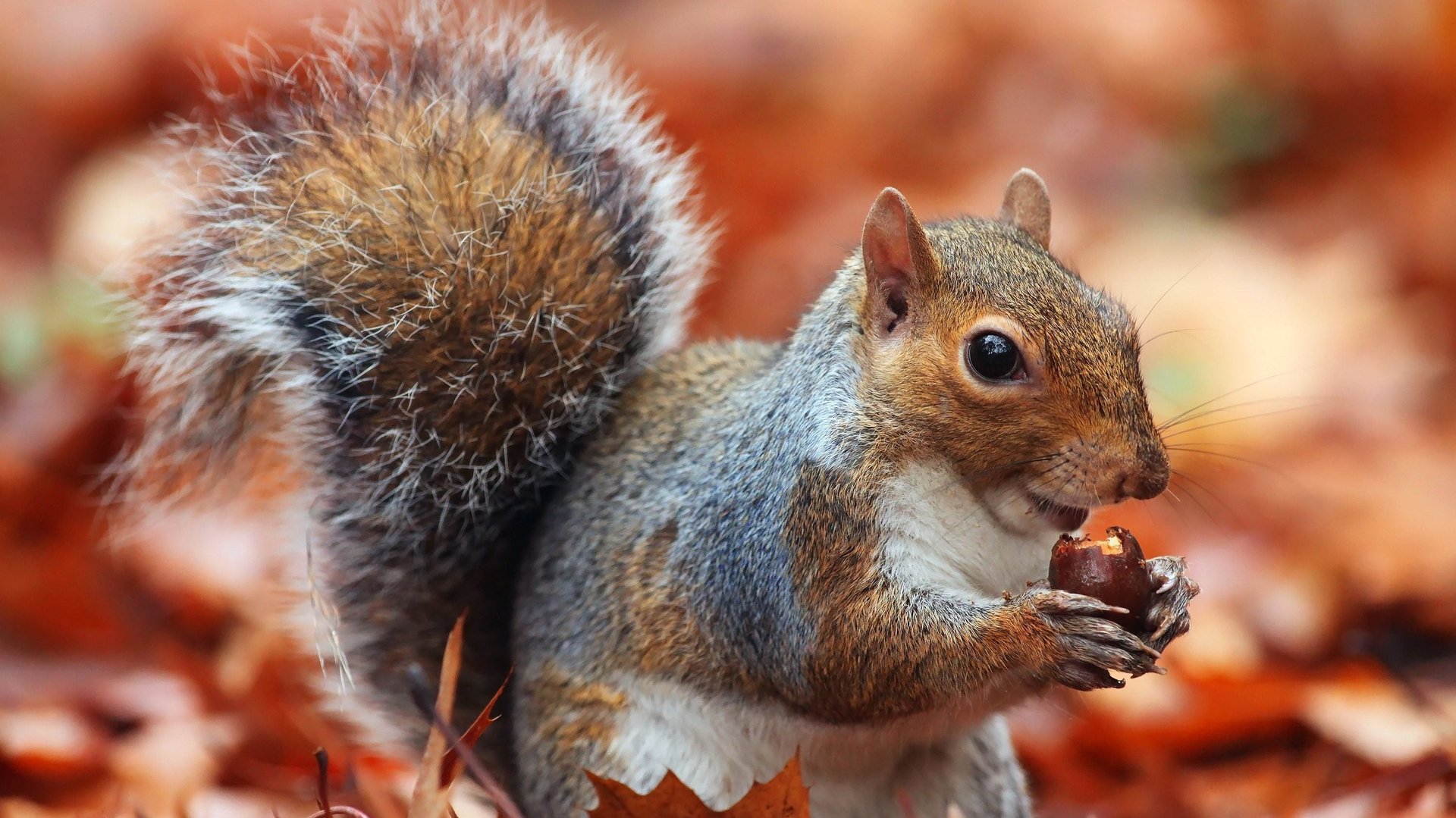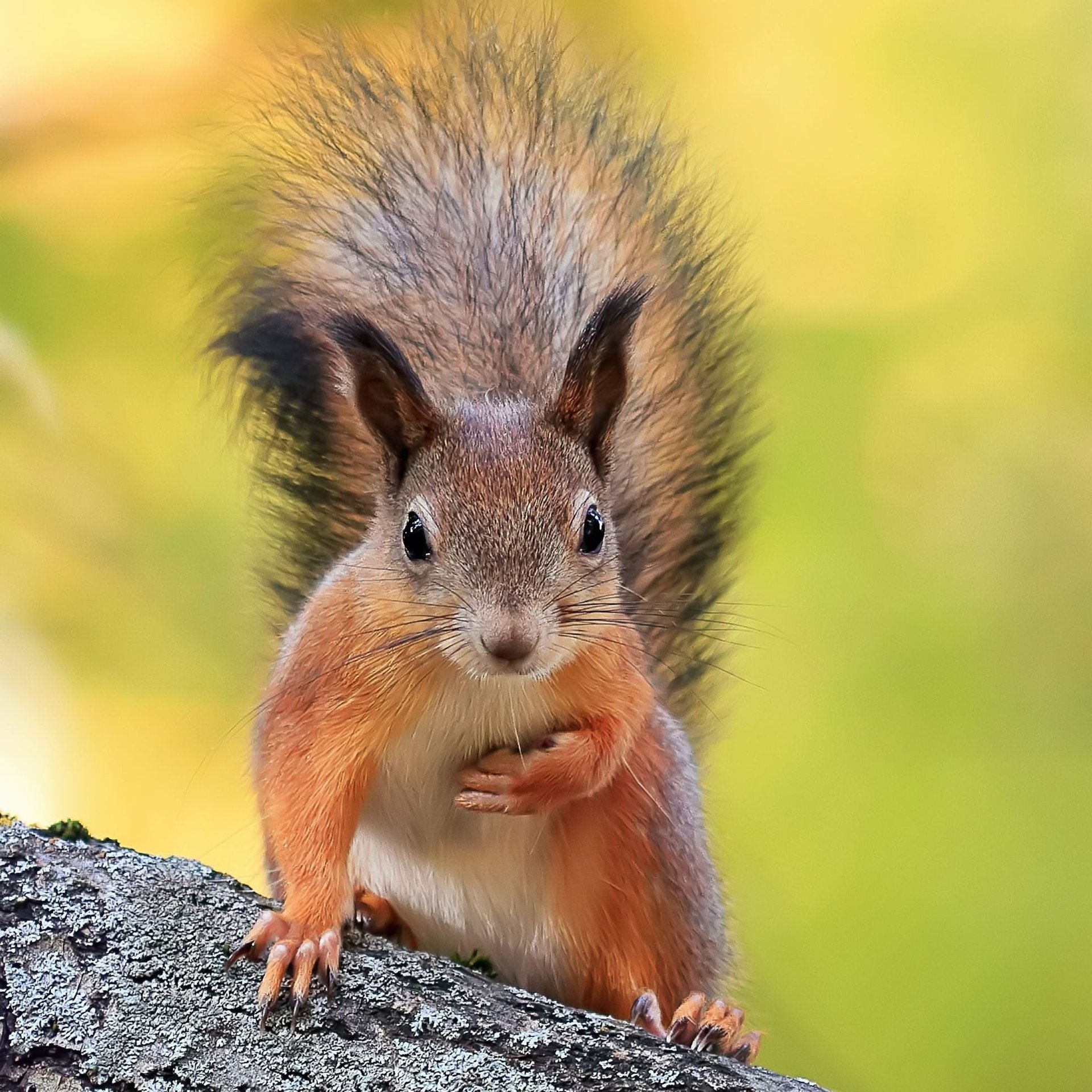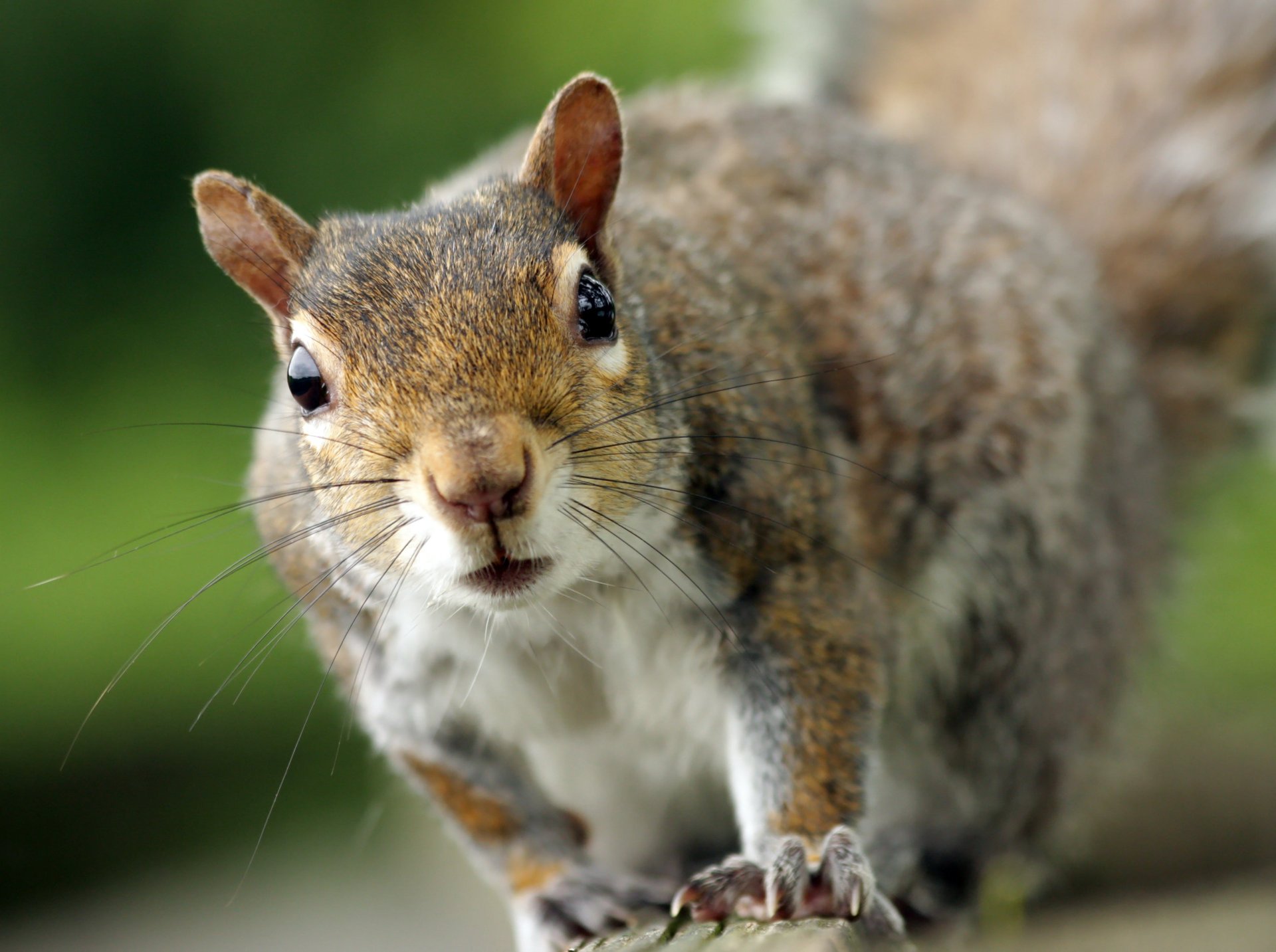In the autumn, squirrels think about nuts so much that it may make their brains bigger
In the world of squirrel researchers, Stephanie Preston, a professor of psychology at the University of Michigan, is a bit of a legend. “She’s the one that actually discovered the head flick and it was first to document it,” says Mikel Delgado, a postdoctoral fellow at the School of Veterinary Medicine at the University of California-Davis.


In the world of squirrel researchers, Stephanie Preston, a professor of psychology at the University of Michigan, is a bit of a legend. “She’s the one that actually discovered the head flick and it was first to document it,” says Mikel Delgado, a postdoctoral fellow at the School of Veterinary Medicine at the University of California-Davis.
That head flick is just one of several ways that squirrels assess nuts to either eat them or store them away for the winter. “She showed that the squirrels were actually weighing the nut as they shake their heads,” says Lucia Jacobs, professor of psychology at the University of California-Berkeley, where both Delgado and Preston did their graduate work. “She came to me as a graduate student and said, ‘Look what I found.'”
Squirrels are central to the work at Jacobs’ interdisciplinary lab, which is featured in the wonderful new Nature documentary, A Squirrel’s Guide to Success on PBS. What she and her colleagues have found is that squirrels are incredibly systematic and methodical when it comes to nut storage, particularly squirrels that store food for the winter by scatter hoarding—burying many nuts over a wide area. The scientists suspect that the behavior requires so much brain power that it accounts for brain growth they’ve observed in some types of squirrels during prime nut-hoarding season.
First though, you have to know a little bit about squirrels. Although tree squirrels—which include fox squirrels, red squirrels, and gray squirrels—forage for mushrooms, plants, and insects, tree nuts are by far their biggest, and most nutritious food source. Trees produce nuts only once a year, usually in the fall, which means that tree squirrels, which don’t hibernate, have to find an effective way to store food to last an entire winter.
Some squirrels, like the infamously cheeky red squirrel, store their nuts in a single stash or “midden,” and then defend their territory. Fox squirrels and gray squirrels bury many nuts in individual locations—that’s scatter hoarding.

Scatter hoarders don’t simply cast a wide net and bury a heap of nuts willy nilly. They’re making a complex series of decisions informed by moves like the head flick and turning the nut over several times in their paws and mouth—known as paw manipulation—to determine the weight and freshness of the nut, whether it might be infested by insects, if the shell is intact, and, Jacobs and her colleagues suspect, how best to transport it. Once the squirrel has made an assessment, it buries the nut.
Bigger nuts, like walnuts, are buried at a lower density than smaller nuts, like peanuts, to keep marauders from lucking upon a particularly rich stash. There is also evidence that squirrels sort their larders.
“Mikel showed that the squirrels are also doing some spatial…categorization, so that they tend to put walnuts over this area and acorn and almonds over that area,” says Jacobs. “It’s known from lab animals and from human cognition that it’s much easier to remember where things are if you’ve got them organized.” Jacobs believes squirrels build a mental map of their nut caches, and that process makes their brains grow larger.
It’s still just a theory, because there aren’t that much data about the series of decisions a squirrel makes when it buries a nut.
“To me it all makes one big story and it’s all consistent,” says Jacobs. “But someone from a neuroscience physiology lab could say those are all speculations with very, very few studies to back it up.”
Squirrels aren’t the only animals with seasonal brain changes. Shrews’ brains shrink in anticipation of winter, in what is called the Dehnel effect. Brains, as Jacobs put it, “are expensive.” They require a great deal of fuel to function properly, so a reduction in size during the lean months of winter when every calorie counts may help shrews survive.

Shrews only live about a year, and their brains start out larger, then shrink, then they mate and die. Squirrels have much longer life spans (some live for a decade or more). Jacobs measured squirrels brains over the course of the year and found that there was a seasonality to the brain size: larger in the fall during nut storage, smaller the rest of the year.
Once they’ve filled their winter pantries, squirrels continue to interact with their cache of nuts, says Jacobs, visiting spots where they’ve been buried, sniffing around, sometimes moving their own nuts, or pilfering other squirrels’ nuts and reburying them in a new spot. She hypothesizes that this behavior helps encode that mental nut map, which becomes crucial once winter descends, which is the end game to all this intellectually stimulating nut caching.
“My impression is that on a first day after heavy snow, the squirrels really need memory then, because they’re small, it’s cold, [and] it’s very dangerous,” says Jacobs. Predators like hawks can easily spot dark-furred squirrels against the backdrop of white snow. It’s a bad, bad situation,” says Jacobs, “The squirrels come out and make these beelines across the snow, go straight down, get a nut, come back and go right back up to their tree [where] they’ll eat it.”